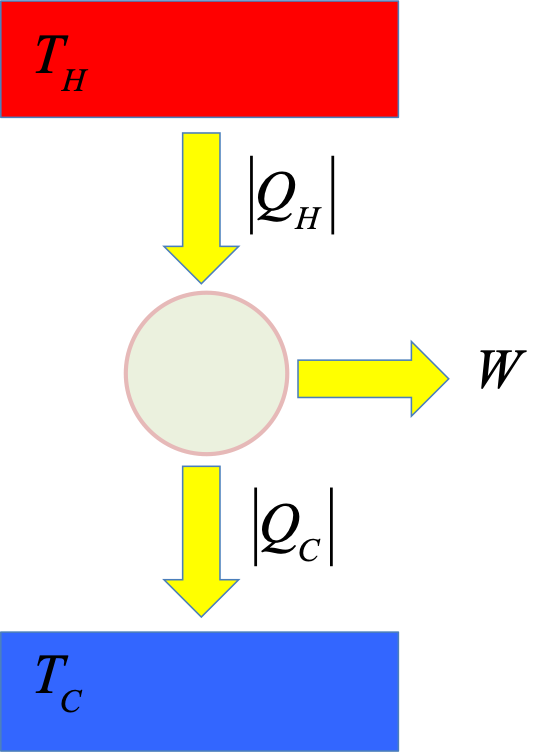The basic laws of physics are time reversible, meaning that they are unchanged under the change in the direction of time (in mathematical language, symmetry under time reversal $t\rightarrow -t$). For example, the elastic collsion of two particles obeys Newton's Laws, conservation of energy, conservation of momentum. If you record the whole collision on tape and play the video backward, the reversed process will obey the same laws. In other words, it appears that the fundamental laws of nature do not distinguish between future and past (or direction of the arrow of time).
However in our day to day experience, clearly future and past are very different. Here are some examples of such irreversible processes:
- We only age in one direction in time (getting older).
- A glass that falls and shatters into a thousand pieces do not spontaneously recombine back into an unbroken glass.
- An explosion does not un-explode back into an intact bomb.
- Heat always flows from hot objects to cold objects when left in contact.
- A gas in a box always diffuses out to fill the room, but air in a room does not spontaneously flow into a small box leaving vacuum in the rest of the room.
The second law of thermodynamics is an empirical law that describes such irreversible process. There are many equivalent ways to state the second law. In this course we will state the law with the following simple (although not entirely unambiguous) statement via the change in entropy:
$$
\Delta S_{\text{closed system}} \geq 0
$$
It states that the
entropy of any closed system (such as the universe as a whole) can never decrease. Roughly speaking, entropy is the disorderness (or messiness) of a system. Note the "$\geq$" as opposed to "$\gt$", which means entropy of a closed system could increase
or stay the same according to the law. The term "
closed system" refers to a system isolated from interactions with anything else.
Note that $\Delta S_{open system} \lt 0$ does not violate the second law. In other words, it is perfectly fine for a part of a close system to have a negative change in entropy (say $\Delta S_1 = -100J/K$), as long as that negative change is compensated by positive change elsewhere in the system (say $\Delta S_2 = +400J/K$).
The main deficiency in this way of formulating the Second Law this way is the ambiguity in the precise definition of the term entropy. Historically there were many different definitions to entropy, and papers are still being written these days on other possible definitions of entropy. For us we will be content with using the simple classical definition of entropy based on the idea of heat. We will explore the concept of entropy further in the next section.
Historically, there are popular (but equivalent) ways to state the second law:
-
It is impossible for any process to have as its sole result the transfer of heat from a cooler object to a hotter object.
-
It is impossible for any system to undergo a process in which it absorbs heat from a reservoir at a single temperature and converts the heat completely into mechanical work, with the system ending in the same state in which it began.
For this course, we will not explore this and other statements of the second law further, and will instead focus on the statment based on the concept of entropy.

